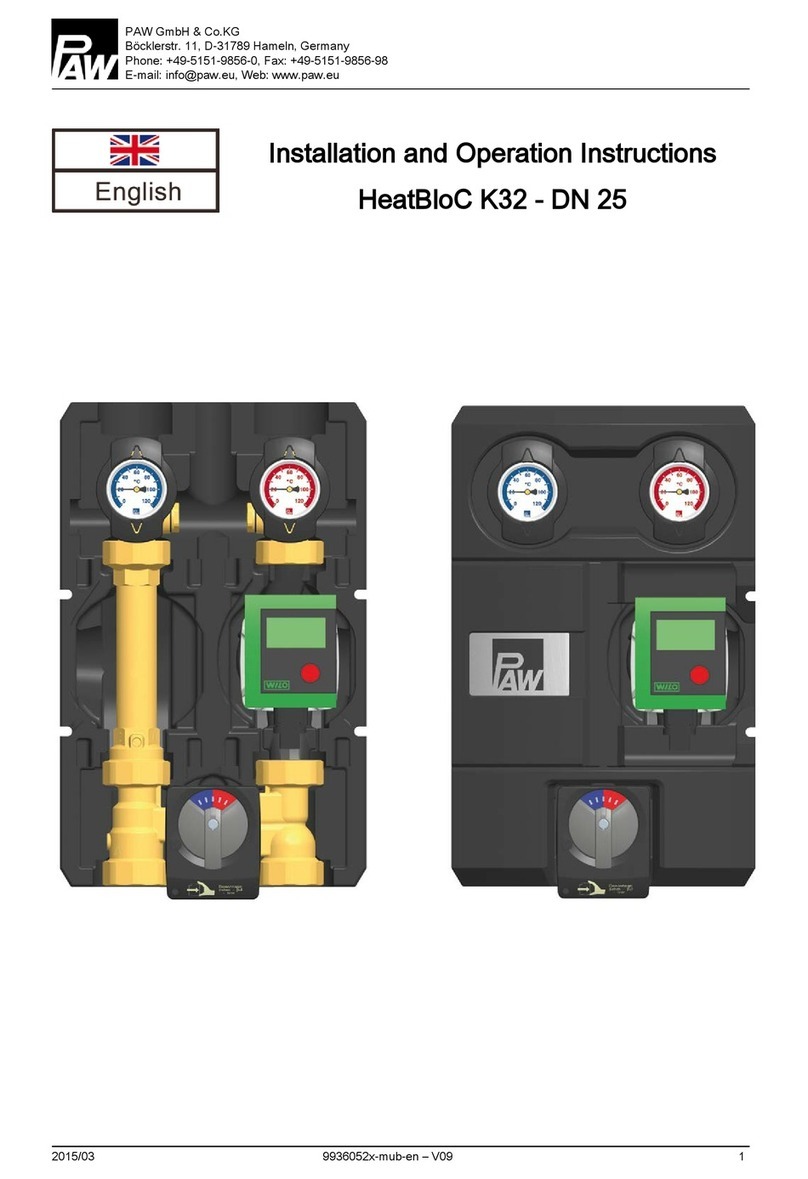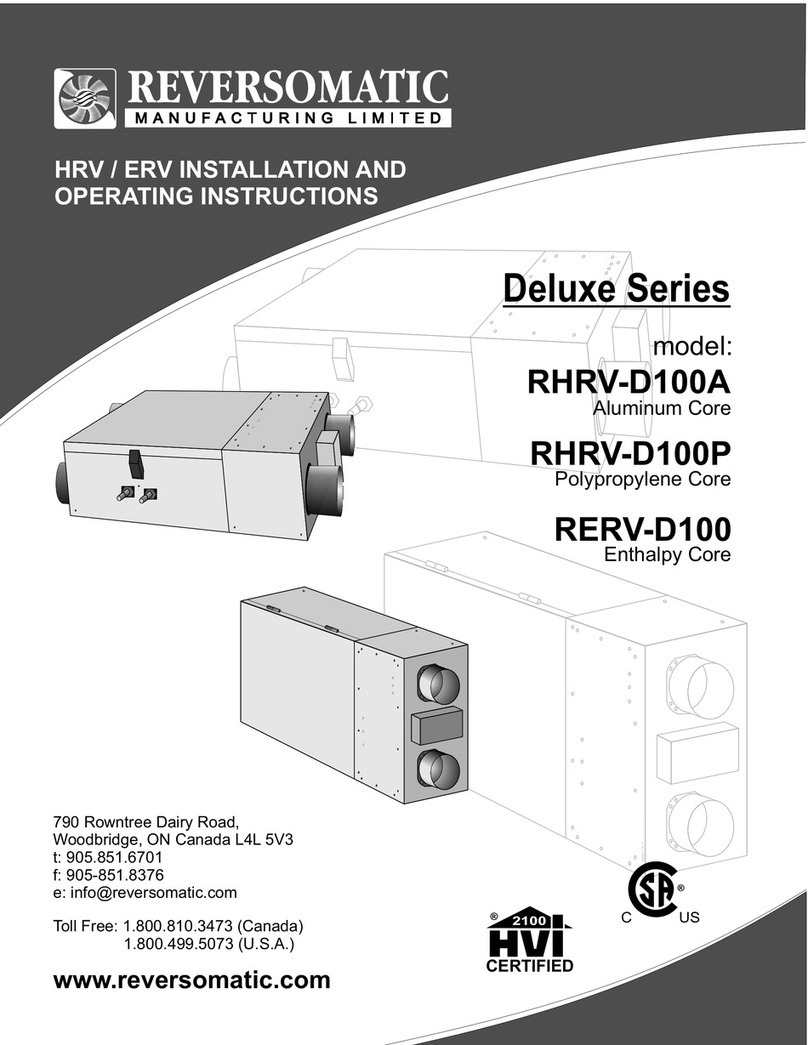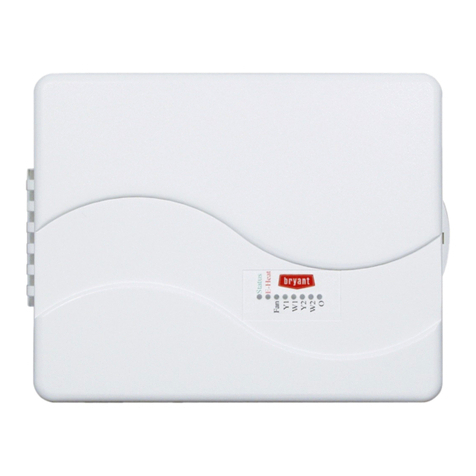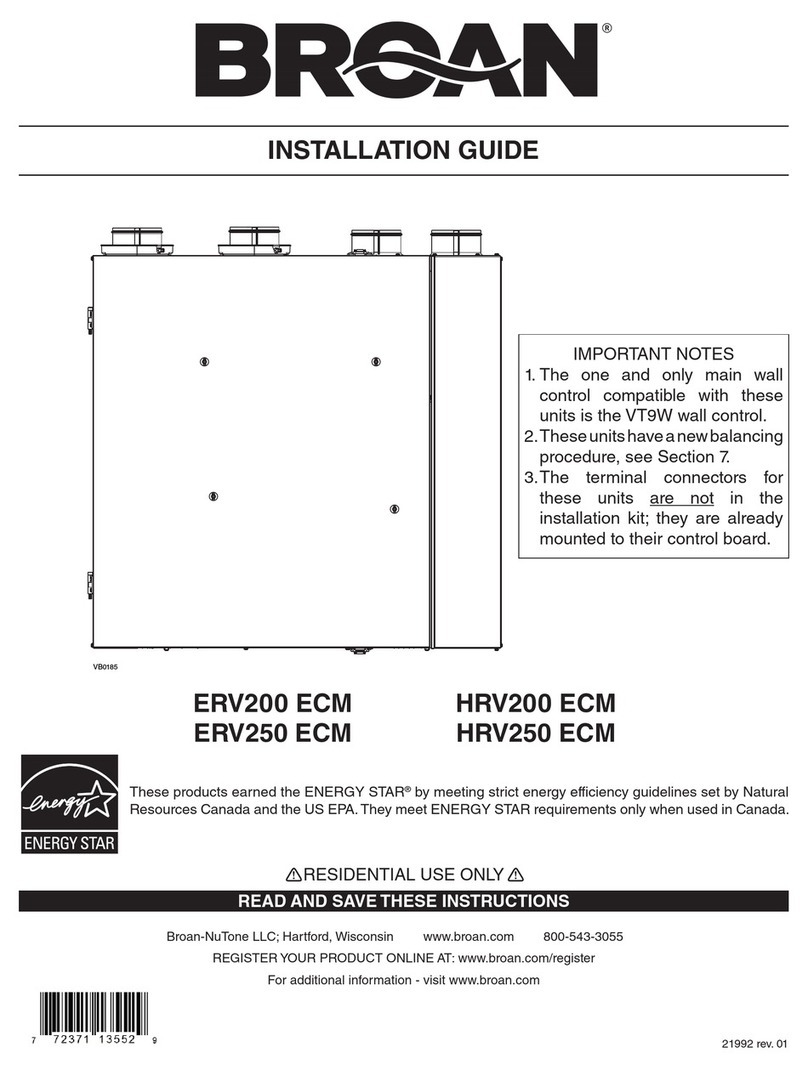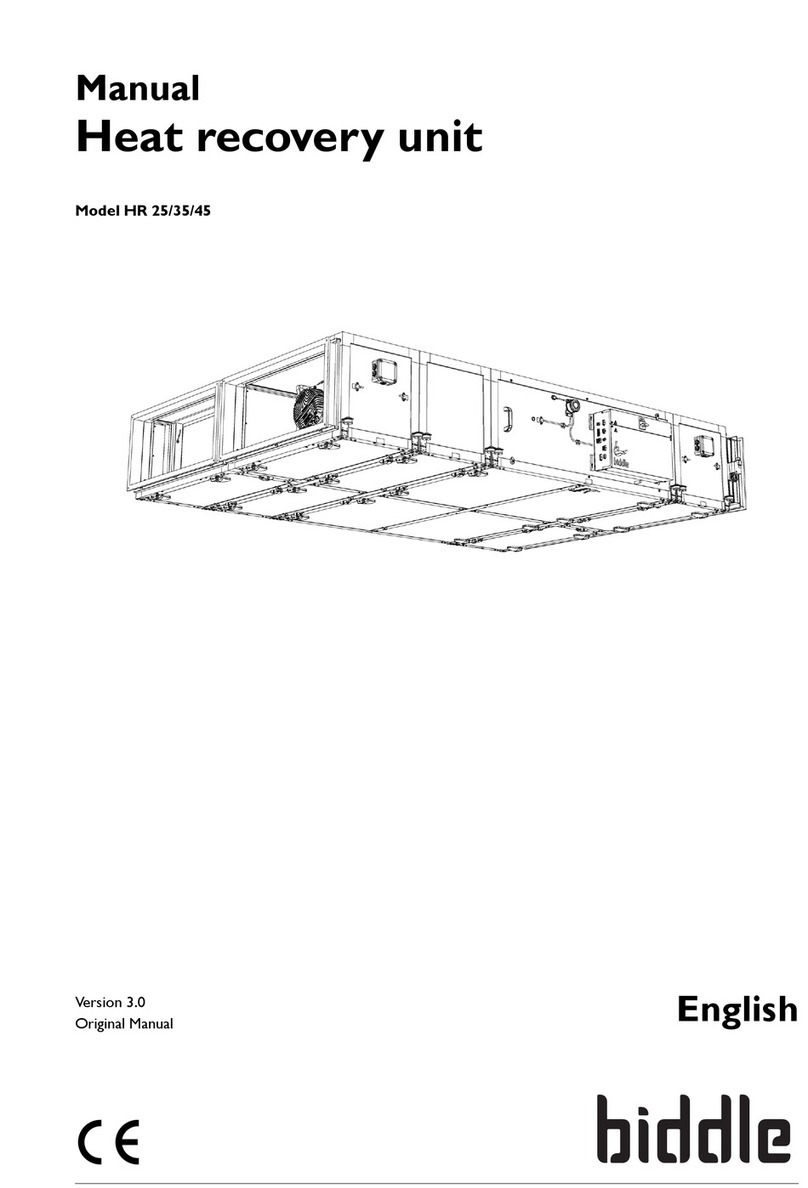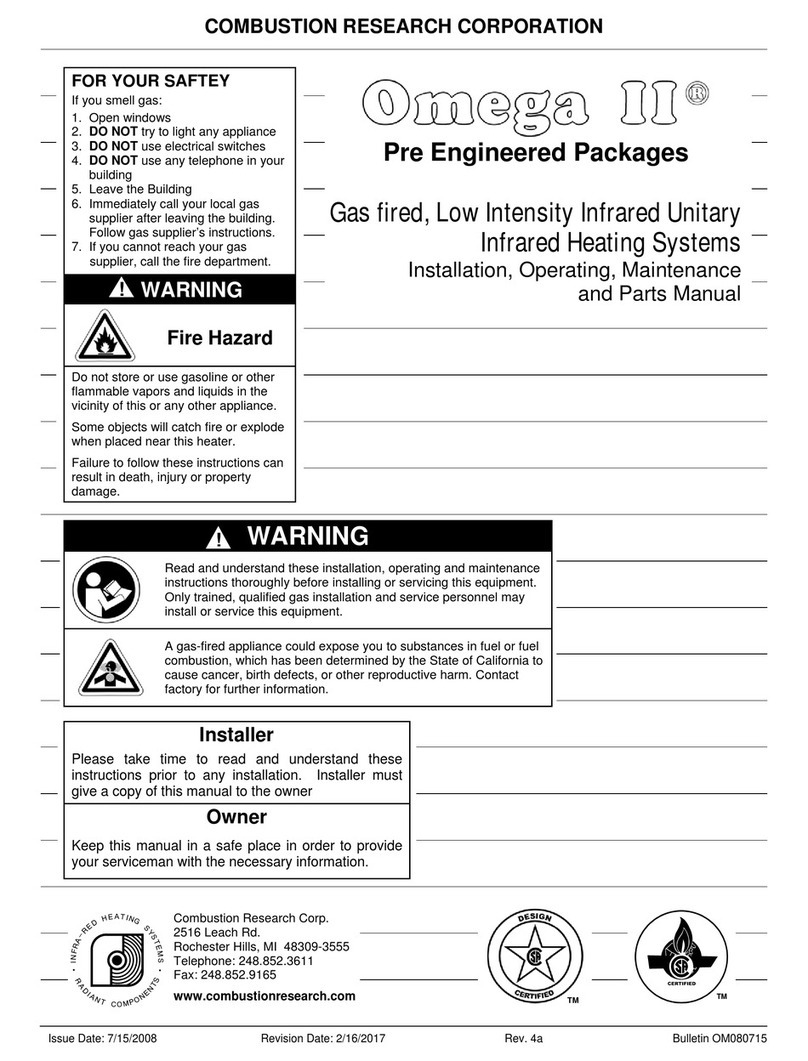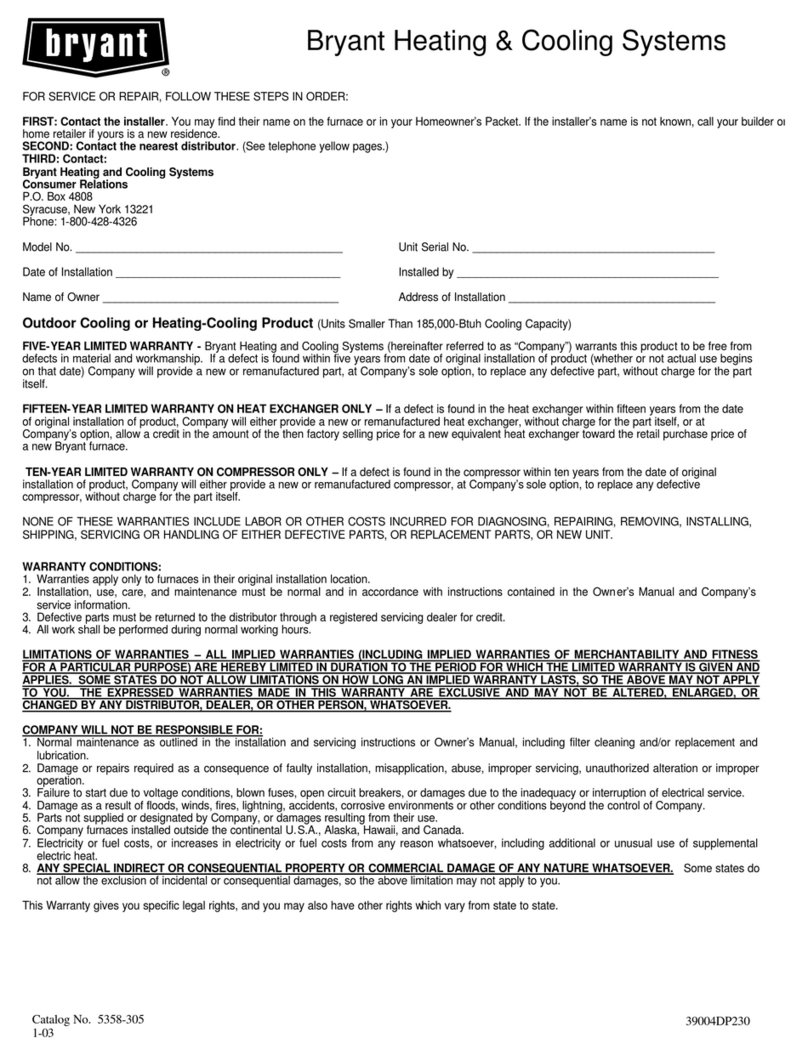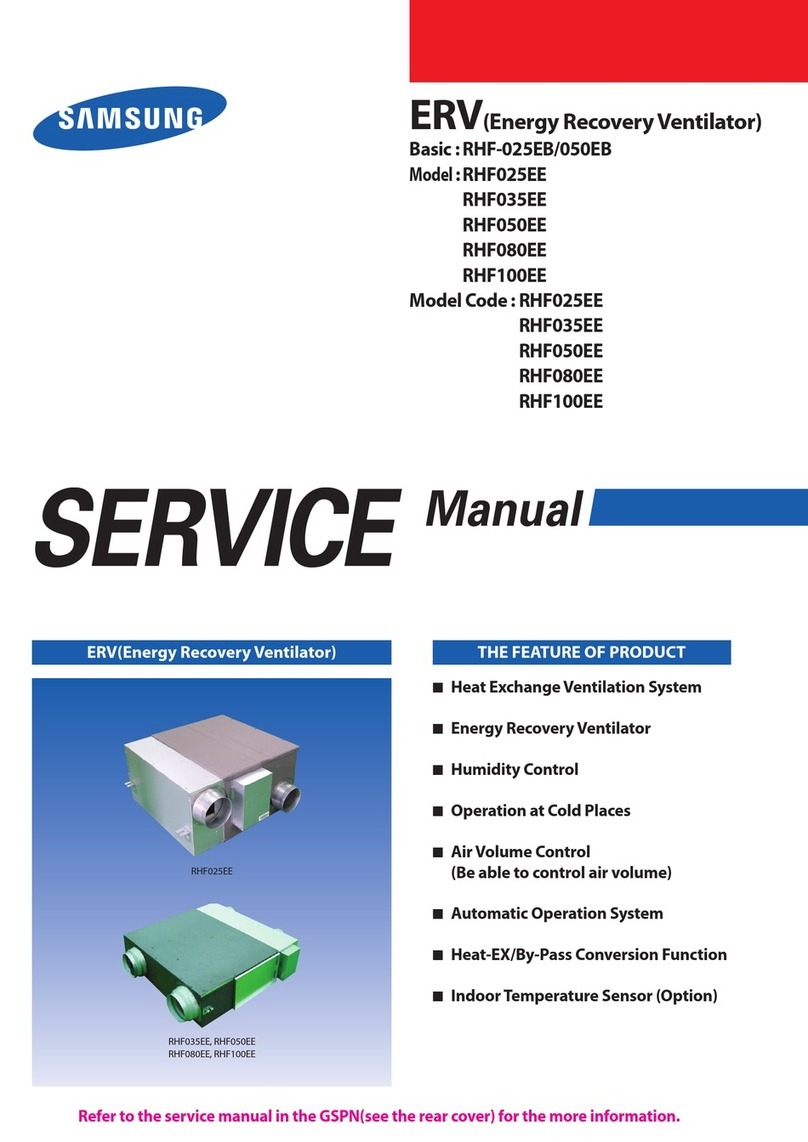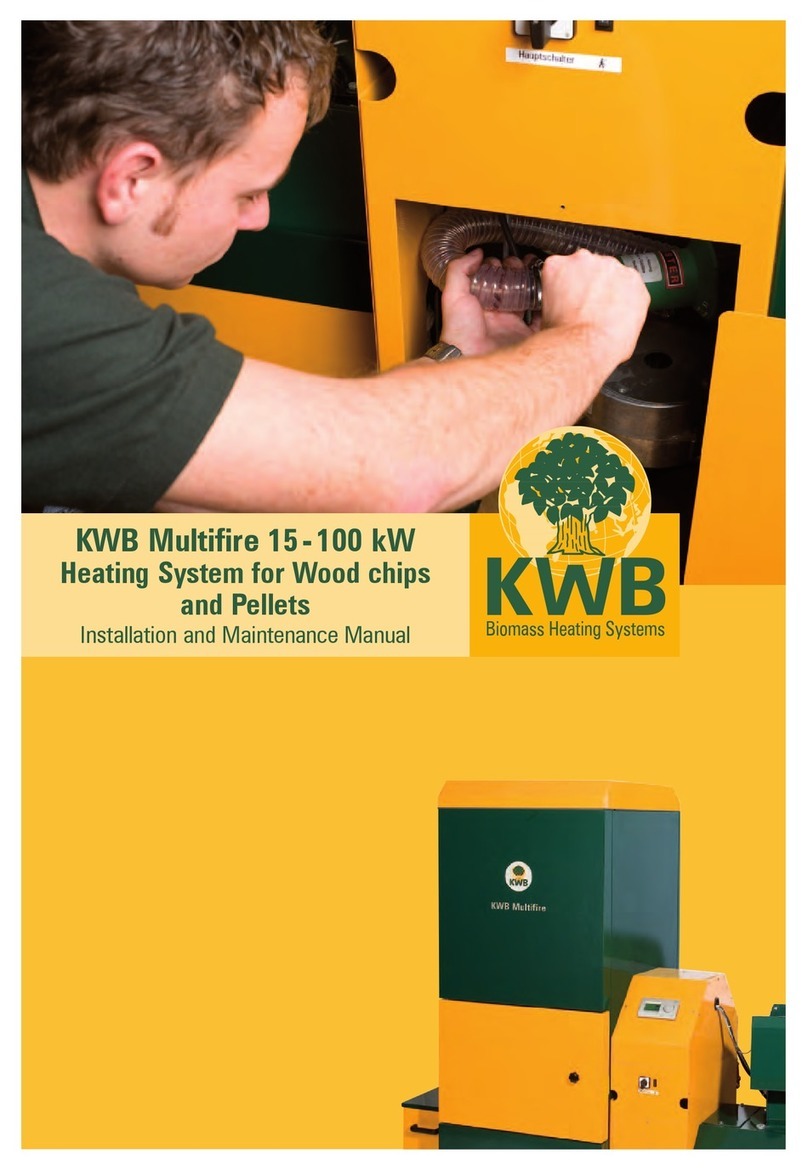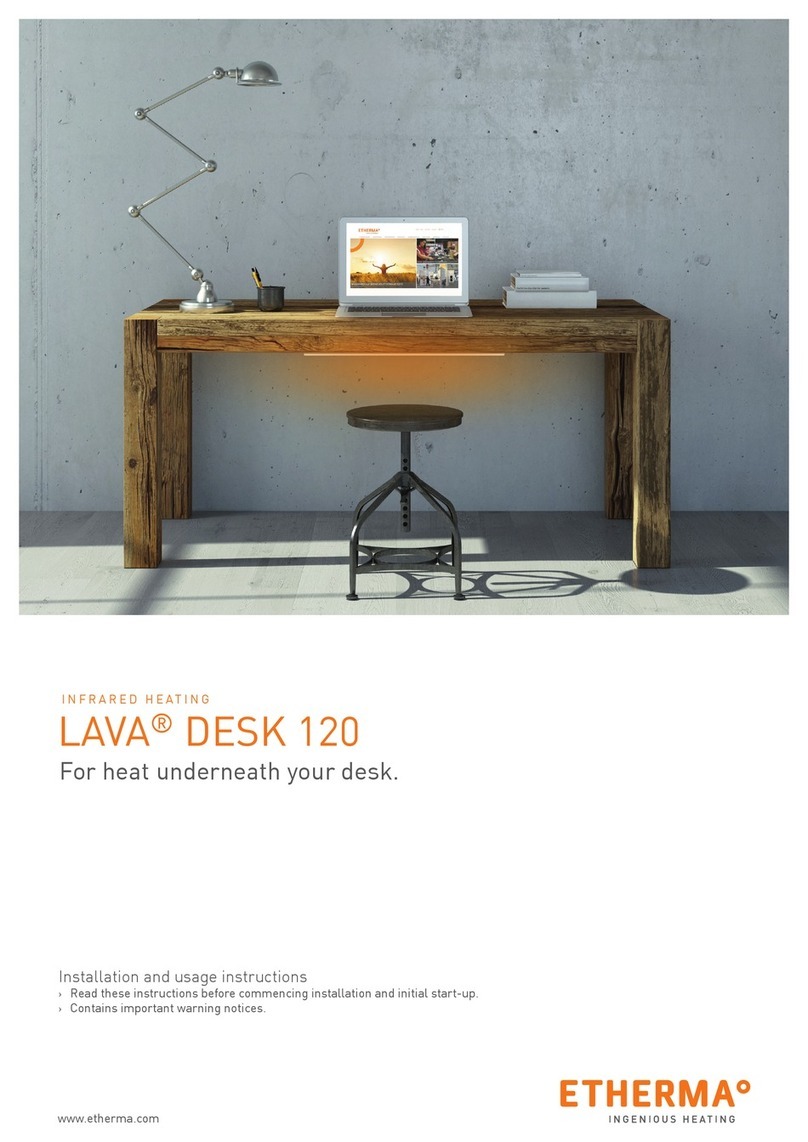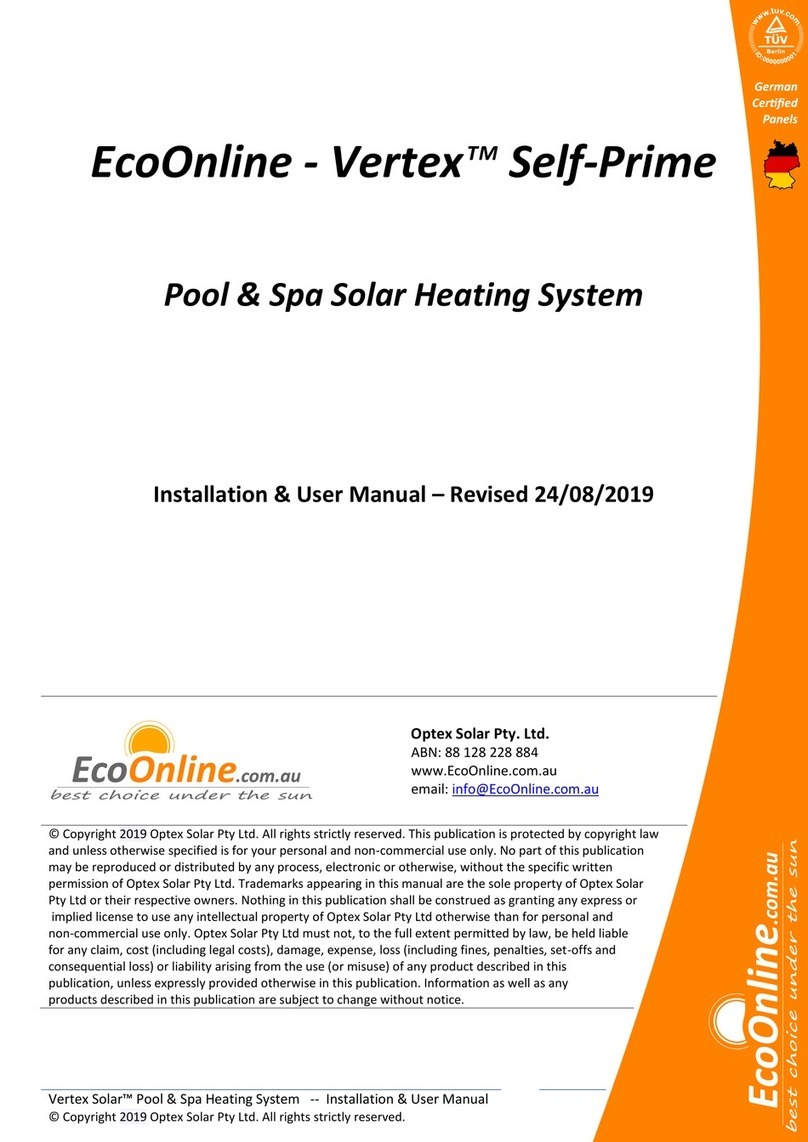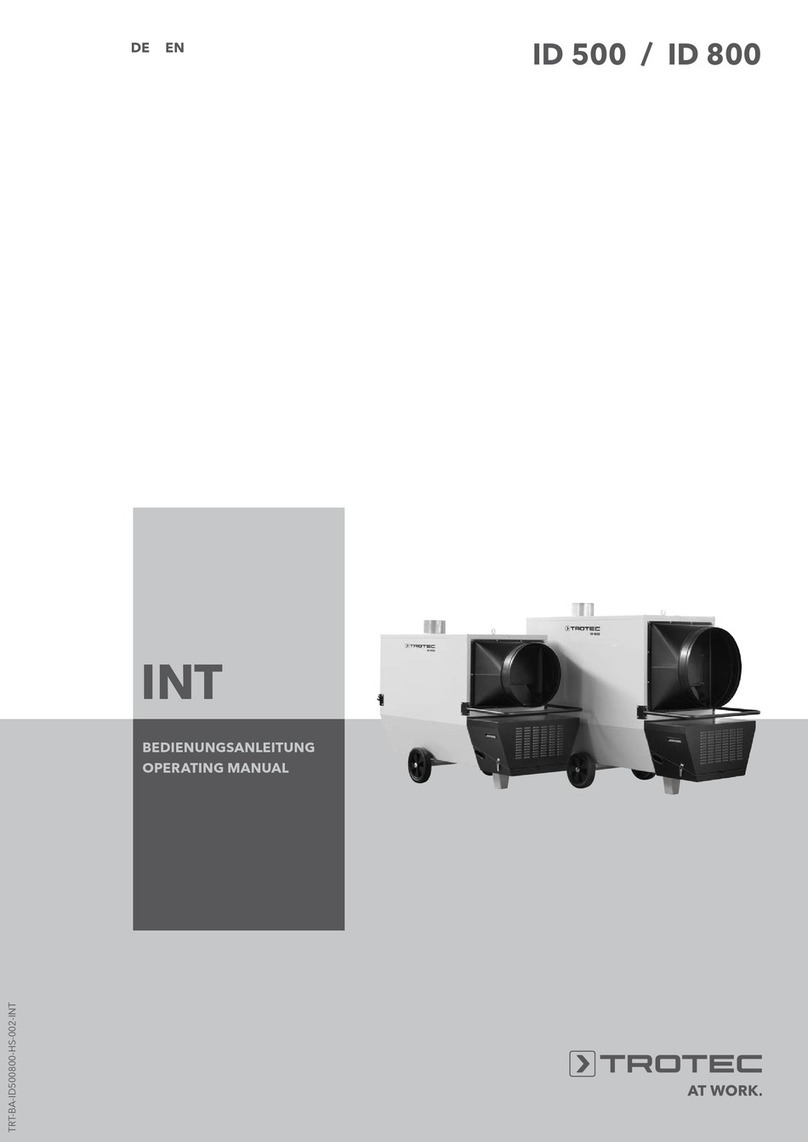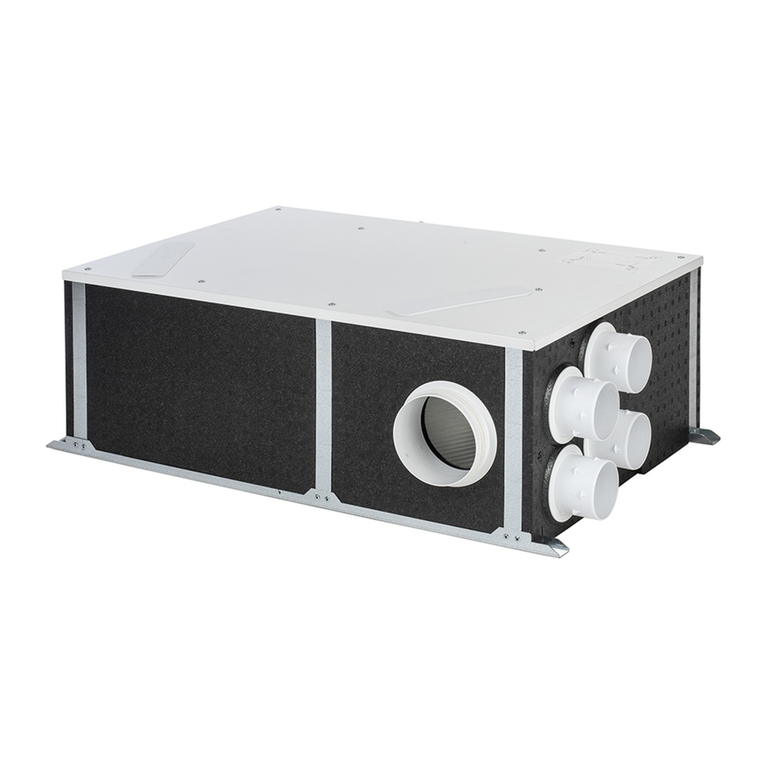
3
INDEX
1. INTRODUCTION ......................................................................................................................................4
2. SAFETY REGULATIONS AND “CE” MARKING ........................................................................................4
3. GENERAL INSTRUCTIONS .....................................................................................................................4
4. UNIT LABELLING....................................................................................................................................4
5. HANDLING..............................................................................................................................................5
6. INSTALLATION .......................................................................................................................................5
6.1. Introduction......................................................................................................................................5
6.1.1. Outdoor installation................................................................................................................6
6.2. Dimensions and free space for maintenance..................................................................................8
6.3. Mounting process of an additional supply filter..............................................................................9
6.4. Range specifications......................................................................................................................10
6.5. Connections .................................................................................................................................10
6.5.1. Connection with air duct ......................................................................................................10
6.5.2. Condensate drainage ...........................................................................................................10
6.6. Electrical connection .....................................................................................................................11
6.6.1. Wiring diagram.....................................................................................................................11
6.6.2. Fan operation without speed regulation. Operation at maximum speed............................12
6.6.3. Connecting electrical accessories.......................................................................................13
6.6.3.1. VAV control (Variable airflow), manual adjustment................................................13
6.6.3.1.1. Manual adjustment by REB-ECOWATT (accessory)................................13
6.6.3.2. VAV Control (variable airflow), with CO2sensor or similar ....................................14
6.6.3.3. CAV control (constant airflow) ................................................................................14
6.6.3.4.COP Control (constant pressure).............................................................................15
6.6.3.5. Pressure switch connection....................................................................................16
6.7. Reverse outdoor air / indoor air side ............................................................................................18
7. INSPECTION, MAINTENANCE AND CLEANING...................................................................................19
7.1. Filters replacement .......................................................................................................................19
7.2. Additional filter installation...........................................................................................................19
7.3. Heat exchanger..............................................................................................................................20
7.4. Fans................................................................................................................................................20
7.5. Condensation drainpipe.................................................................................................................20
8. OPERATION ANOMALIES......................................................................................................................21
8.1. General anomalies.........................................................................................................................21





















